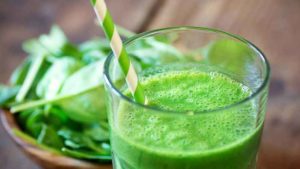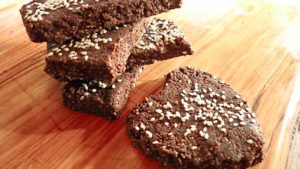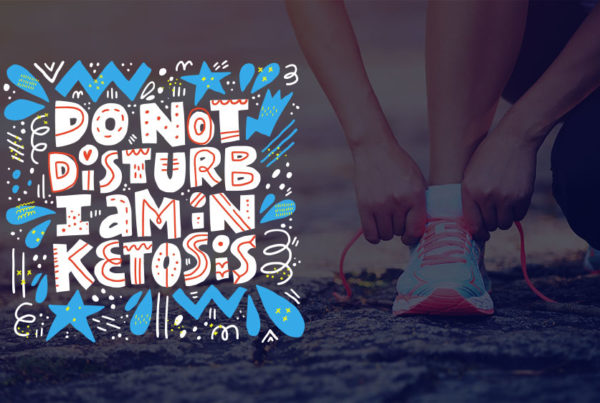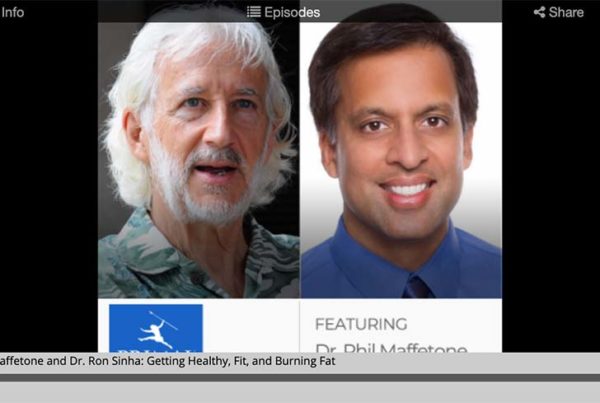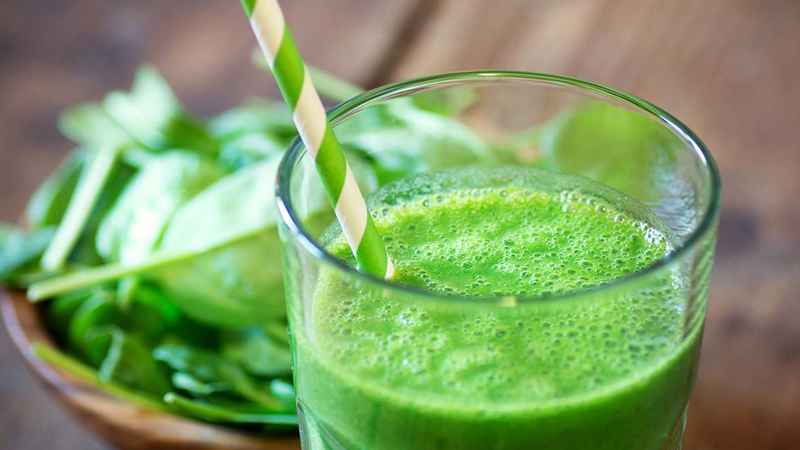
Myths and bitter truths about fake shakes, bad energy bars and other bogus superfoods.
Products manufactured and marketed as “superfoods” are everywhere. The fact is many of these are glorified junk foods with a big sticker price.
Superfood junk appears fast and convenient, and because so many people are tired, hungry and need to lose weight, these products easily catch on with consumers. And, they often have addictive power thanks to added sugar.
With more people on the go, finding healthy foods by grabbing an instant shake at the gym or a so-called energy bar in a health store is usually not cost-effective nor nutritious. Even when the truth about these items spills out, many continue buying them. Unfortunately healthy decision making is often overwhelmed by marketing.
Those who choose real health must go only a bit out of their way to seek out the real superfoods. They’ve been with us all along. They’re low-cost, effective and just what our bodies really want because they’re truly natural.
Moreover, the real truth is out there. It’s in the scientific studies, textbooks and clinical observations.
In a world of hyped-up convenience foods, nutrition falsehoods are the norm. In many cases, the media gets it very wrong, influencing consumer buying. Consider the following:
- A study about the health benefits of the phytonutrient lycopene, found in many foods including tomatoes, led to junk-food promotion. It’s heat-stable, so cooking tomatoes make it more readily absorbed. The media translated this information to pizza being healthy because the sauce contains lycopene.
- At one time, omega-6 vegetable oils were considered a superfood, along with margarine, instant oatmeal, Special K cereal with skim milk, and a long list of low-fat items.
- Synthetic vitamin C and high-dose vitamin E were thought to promote health. Yet when science uncovered the dark side of these and other supplements, their popularity remained.
Superfoods might be most easily defined as natural foods with extraordinary nutritional value that cannot be found in other foods. For this to occur, these foods must be grown or raised in a healthy environment, minimally or not processed. And they are void of synthetic or artificial ingredients — they don’t have many, if any, ingredients other than what they are.
By definition, superfoods can’t be made by short cut, they can’t be hacked, or processed in a manufacturing plant. Instead, they’re grown and raised organically, or in an environment that’s beyond organic.
Consider these examples of raw plant foods containing many powerful phytonutrients:
- Turmeric and its cousin ginger, both roots.
- Blueberries, blackberries and strawberries.
- Raw sesame seeds.
- Cacao.
- Young (2-3 days) broccoli sprouts.
I recently wrote about five important superfoods. These are items so healthy they should be part of our regular diet — even daily.
Despite the lack of an official definition, there are scientific reasons why superfoods are the best of the best nutritionally. For example, ORAC value (oxygen radical absorbance capacity), a food’s measurable antioxidant function, may be the single factor influencing aging. A single serving of blueberries, about a half-cup, has more ORAC value than the combined two servings of eggplant, two servings of corn and two servings of cauliflower. Garlic is similar to the berries, followed by kale and spinach.
But it’s getting increasingly more difficult to find some superfoods. For example, limonene, a natural phytonutrient with potent anti-cancer activity is found in the whites of citrus. Like most healthy phytonutrients, limonene is pretty bitter. So agriculture scientists have genetically removed it from citrus and other fruit (like plums and other plants) to increase sweetness. If you want limonene you must find certified organic fruit, which is not allowed to be altered, or obtain fruit from older trees.
Among the disappointing superfood myths, one of the real-truth tragedies of the worldwide certified organic movement, is organic junk food. Some people buy these foods in health-food stores thinking they’re healthier than other junk food. Dream on. From white sugar and flour, to soda and cigarettes, these are big money-makers. Junk food dietary supplements also are huge revenues for health stores too — most vitamins are synthetic, and many of the nutrients have been deemed dangerous.
Fake imitation superfood phonies abound in the marketplace. They’re cheap, low-quality, nutritionally poor, readily available, and unhealthy — also the definition of junk food. Just because a company calls a product “superfood” does not make it one (the tobacco companies used to claim cigarettes were good for you). Like other junk food, phony superfoods replace healthy versions, so consumers lose out on eating healthy, real food that’s full of nutrition.
Unfortunately, many people who eat real superfoods won’t benefit much from them. This is another bitter truth about superfoods is that they won’t do much for a body that’s already overwhelmed by junk food. Refined carbohydrates, sugar in particular, has a more harmful effect on health that can counter the benefits of superfoods.
As always, real is better than fake, and whole is better than processed. Don’t be fooled by the claims of those who are cleverly disguising junk food. Choose real superfoods instead for better health.
Here are some recipes to make your own superfood snacks:
P.S. Another method I use to boost superfood intake is something I call Superfood Spiking.” When I make my shakes and bars, I add various MAF dietary supplements — opening the capsule to spike a what’s already a super food with additional nutrients.

